Essential Tips & Tools for a Healthier Horse
Your horse’s hooves support their entire body weight through complex structures that need constant care. The hoof wall takes 9 to 12 months to grow completely from top to bottom.
Good horse hoof care can reduce hoof-related problems by 30-40%. Your horse’s performance can improve by 10-20% with properly managed hooves. This shows why regular maintenance is vital for your equine companion.
Your horse depends on consistent care. Clean their hooves 2-3 times a week and schedule professional trimming every 6-8 weeks. Their hooves grow about 6 mm each month. Regular maintenance goes beyond looks; it’s essential for your horse’s health and comfort.
This guide will walk you through keeping your horse’s hooves healthy. You’ll learn about daily care routines, tool selection, and different approaches to care.
Understanding Your Horse’s Hooves
Basic Hoof Anatomy: Understanding the Structure of the Horse’s Hoof
A horse’s hoof is a complex structure. It supports the horse’s weight, absorbs shock, and provides traction. Several key parts, both external and internal, make it up and contribute to its function. Here’s a breakdown of the main components:
External Structures:
- Hoof Wall: The hard outer layer made of keratin. It protects the internal structures and helps bear the weight of the horse. The hoof wall grows continuously from the coronary band down to the toe.
- Sole: The bottom of the hoof protects the sensitive parts underneath. It has a gentle concave shape. It doesn’t hold the horse’s weight directly but helps absorb shock.
- Frog: A V-shaped, rubbery structure in the centre of the sole. It plays a vital role in absorbing shock, providing grip, and helping with blood circulation within the foot.
- Coronary Band: Located at the top of the hoof, just above the hoof wall. This is where new hoof growth begins.
- Periople: A thin, outer layer covering the hoof wall. It forms a protective barrier and helps to retain moisture in the hoof.
- White Line: The area where the hoof wall meets the sole. It acts as a guide for the attachment of the hoof wall to the internal structures of the hoof.
- Bars: Extensions of the hoof wall located at the heels, running forward towards the frog. They help with shock absorption and provide more support.
- Bulbs of the Heel: Two rounded structures above the heels and frog. They play a role in absorbing shock and contribute to the flexibility of the hoof.
- Collateral Grooves: Grooves on either side of the frog. These grooves fill with dirt and help provide traction when the horse moves.
How hooves support your horse’s weight
Your horse’s hooves use an ingenious system to handle massive forces. The hoof should land as one unit, with the entire weight-bearing surface hitting the ground at once. This natural design lets the horse support up to three times its body weight while moving.
The hoof absorbs shock through elastic tissues in the frog, digital cushion, and heels that spread out impact forces to protect the upper musculoskeletal system. The hoof also has an efficient “Haemodynamic” system with blood vessels in the coronary band, sole, and lateral cartilages that help disperse energy from impact.
The wall itself helps absorb shock through thousands of long, thin, hollow cylinders called tubules. These tubules, built from hard keratin with super-strong disulfide bonds, form a composite wall so tough that normal movement only creates 10% of the force needed to crack it.
Signs of a well-balanced hoof
Your horse needs well-balanced hooves to stay sound and perform well. The hoof wall should look smooth and even without cracks, chips, or ridges. A straight growth pattern from the coronary band without flaring shows good health.
Balance means your horse’s foot should hit the ground as one unit—any uneven landing can create imbalanced forces across the hoof and stress the lower limb joints. Some horses handle minor imbalances fine, but others might show performance issues with even tiny differences.
Good lateral-medial balance (side-to-side) shows up as a symmetrical shape—drawing a line down the middle of the hoof should reveal similar size and shape on both sides. The frog should feel firm and well-developed, without any bad smell or too much moisture.
Knowing these parts helps you spot potential problems early. This knowledge leads to better hoof care decisions and healthier hooves for your horse.
Why Hoof Growth Matters for Trimming and Care:
Keep hooves trimmed to maintain balance. This helps prevent overgrowth, cracks, or misalignment. Long hooves can harm a horse, leading to issues such as poor posture, lameness, or uneven wear.
Hoof growth speeds up in warm months and slows down in colder months. In winter, hooves may become drier, and growth can be less predictable. Regular trimming during these periods ensures hooves stay in good condition.
A horse’s health, diet, and hydration play a big role in hoof growth. Poor nutrition slows hoof growth and weakens the hooves. A balanced diet encourages strong, healthy hooves. Regularly monitoring a horse’s health helps spot any problems that could affect hoof growth.
Regular trimming prevents common hoof problems, such as laminitis, cracks, and abscesses. Poor hoof care can lead to these issues. Trimming helps keep the hoof in the correct shape and prevents uneven wear.
Uneven or painful hooves could indicate a problem with the growth cycle. Changes in growth patterns may signal nutritional issues, illness, or hoof injuries.
Essential Horse Hoof Care Tools
The right equipment makes all the difference to keep your horse’s hooves healthy. Your ability to provide the best care depends on having the proper tools ready for daily cleaning and emergencies.
Simple tools every horse owner needs
You should keep a dedicated hoof care kit with essential items. A quality hoof pick with a brush will be your go-to tool that you’ll use 2-3 times a weekly. This helps remove debris and stops infections. Stainless steel picks (GBP 1.58-3.17) last longer than plastic handles with attached brushes.
Your simple kit should also include:
- Thrush treatment – This becomes vital during wet seasons to stop bacterial infections in the frog
- Abscess kit – You’ll need Epsom salts, soaking bucket, poultices, vet wrap, and duct tape
- Hoof supplements – These help poor-quality hooves and contain biotin (20mg/day), iodine, methionine, and zinc
- Flexible self-adhesive bandage – Perfect to wrap medicinal poultices or protect hooves without shoes
Professional-grade equipment
You might want to invest in professional-quality tools for advanced maintenance. Hoof nippers (GBP 27.80-178.69) help trim the hoof wall. Regular use helps improve your horse’s movement and can cut injury risk by up to 30%.
Your professional toolkit should include:
Hoof rasp (GBP 3.97-19.85) – Shapes and smooths hooves after trimming Nail pullers – Lets you remove individual nails from loose shoes Shoe pullers – Helps extract shoes as needed Hoof knives (GBP 2.38-59.56) – Removes thin layers of sole when required
Quality tools are affordable in the long run. Professional farriers often say, “Do not buy cheap tools; you are wasting your money”.
When to replace your tools
Good maintenance will extend your tools’ life substantially. Clean riveted tools with soap and water after use and add a light coat of lubricant like 3-In-One Oil. Keep rasps in protective sleeves to stay sharp.
Your rasps need replacement after working on 80-100 hooves. Let professionals refurbish your nippers and other worn tools instead of sharpening them yourself. Tools that receive proper care can serve you reliably for years through countless hoof care sessions.
Daily Hoof Care Routine
A daily hoof care routine helps prevent problems before they start. Your horse’s hooves can develop issues from thrush to dangerous abscesses without proper care. These problems could keep your horse out of action for weeks. Simple daily attention makes most common hoof problems easy to prevent.
Proper hoof-picking technique
Clean your horse’s hooves every day, especially before and after rides. This prevents bruising from stones or debris that might get stuck. Here’s how to clean hooves safely and properly:
- Stand next to your horse’s shoulder for front feet or hip for back feet. Face toward the tail with your feet together and turned away to stay safe.
- Signal by running your hand down the leg. Say “hoof up” to ask for the foot.
- Hold the leg at the pastern or under the hoof as they lift.
- Clean from heel to toe with a hoof pick. Work away from the frog to protect this sensitive area.
- Get rid of all debris. Focus on the areas next to the frog and where the sole meets the hoof wall.
- Use a stiff brush on stubborn dirt. This helps you spot any concerning discoloration.
- Set the foot down carefully instead of letting the horse drop it.
Horses with shoes need extra attention. Check around the inside of the shoe for pebbles. Look for loose nails or shoes that might need your farrier’s attention.
Checking for heat and pulse
Regular checks of temperature and pulse help catch problems early:
Temperature check: Touch each hoof wall and coronet band with your palm. Healthy hooves feel cool or match the air temperature. Exercise can make hooves warm briefly. Constant warmth in one or more hooves might mean inflammation or infection.
Digital pulse assessment: The digital pulse runs down the back of the fetlock. Feel for it between the flexor tendons and suspensory ligament. Healthy horses have a faint pulse here. A strong or “bounding” pulse points to foot inflammation.
Learn what’s normal for your horse. Take readings daily for a week. Most adult horses have 30-40 beats per minute. Draft horses and Quarter Horse types usually run lower at 32-34 bpm.
Natural vs. Traditional Hoof Care
“I predict that the natural hoof care practitioner of the future will be less of a trimmer, than a diagnostician of healthy changes in the hoof and an expert at creating natural behavioral stimuli in the track that serve the adaptation mechanism.” — Jaime Jackson, Natural hoof care expert and author
Two different philosophies shape modern horse hoof care. Each has strong supporters in the equestrian world.
Barefoot horse hoof maintenance
Natural hoof care means more than just removing shoes. It’s a detailed approach that respects the hoof’s natural function. Unlike traditional methods, barefoot maintenance lets the hoof capsule expand naturally during movement. This boosts blood circulation and shock absorption. The approach focuses on proper trimming that matches natural wear patterns while keeping horses comfortable.
The barefoot philosophy comes from studying wild horses and their adaptations. Jaime Jackson’s groundbreaking work focused on practical ways to let nature gradually improve hoof form. Veterinarian Dr. Hildred Strasser developed precise trimming techniques for pathological cases. They both agreed on the basics: keeping heels low with bulbs nearly touching the ground, straight hairlines, and wide, round hooves that expand slightly when bearing weight.
Benefits of shoeing
Traditional shoeing has clear advantages in specific situations. Shoes are vital protection when horses work on abrasive surfaces where hoof walls wear down faster than they grow. They also help horses with medical conditions like laminitis or ringbone.
Specialised shoes serve different purposes:
- Heart bar shoes help counteract pedal bone rotation in laminitis horses
- Straight bar shoes support horses with weak heels
- Egg bar shoes provide additional posterior support
Shoes can also improve traction on slippery surfaces and meet Specialised performance needs in various disciplines.
Transitioning between approaches
The change between shoeing and barefoot needs patience and professional guidance. Horses typically adapt over 1-4 shoeing cycles, based on factors like sole thickness and overall hoof health.
Horses might feel sensitive temporarily as their hooves adjust to direct ground contact. Hoof boots are a great way to get protection during this time. They let horses move comfortably while developing stronger hooves. Regular trimming becomes essential – sometimes as often as every two weeks at first.
Note that each horse responds uniquely to barefoot conversion based on genetics, environment, and previous hoof management.
Conclusion
Your horse’s hoof care is the life-blood of their overall health and performance. Daily maintenance, seasonal adjustments, and the right tools can substantially lower the risk of hoof problems while improving your horse’s comfort and movement.
Knowledge of your horse’s hoof anatomy helps you make better care decisions. The right approach depends on your choice between traditional shoeing or natural barefoot maintenance, but regular checks and quick responses to changes matter most.
Each horse needs a unique care plan that considers their specific needs, environment, and activity level. The right knowledge and tools will help you maintain your horse’s hooves properly to ensure their health and performance over the last several years.
A consistent care routine should work for you and your horse. Clean hooves regularly, manage moisture levels properly, and schedule professional trimming every 6-8 weeks to prevent common problems from becoming serious.
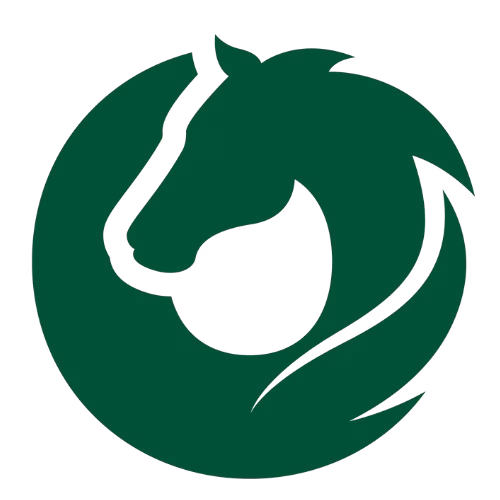
Welcome to Sell Your Horse, a platform dedicated to connecting equestrians with each other, making horse buying and selling easier and more transparent. With a focus on technology and community-building. My mission is to help like-minded equestrians find the right connections, share knowledge, and build a trusted equine network.
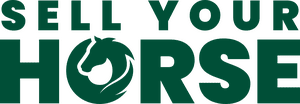




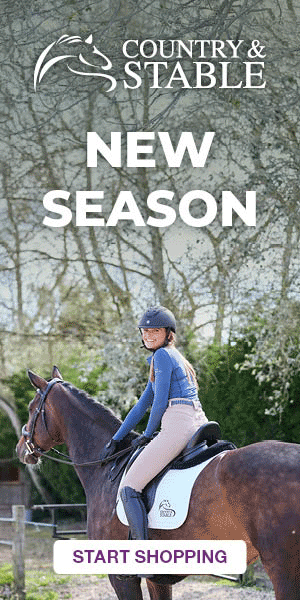
 Featured Listings
Featured Listings
 Adverts
Adverts
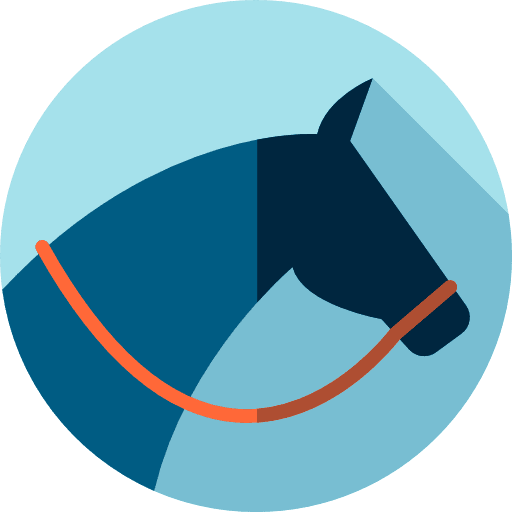 Horses For Sale
Horses For Sale
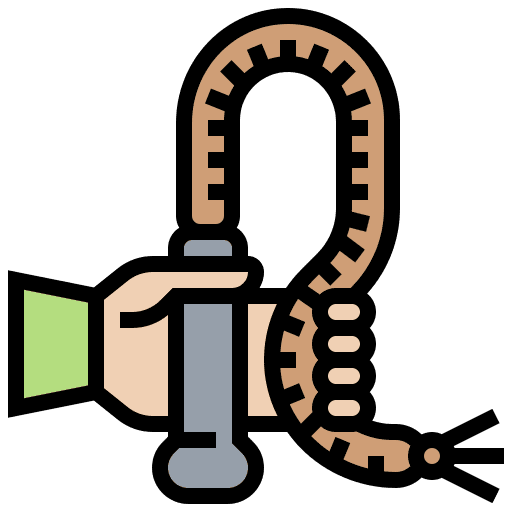 Tack & Equipment
Tack & Equipment
 Horseboxes & Trailers
Horseboxes & Trailers
 Equine Properties
Equine Properties
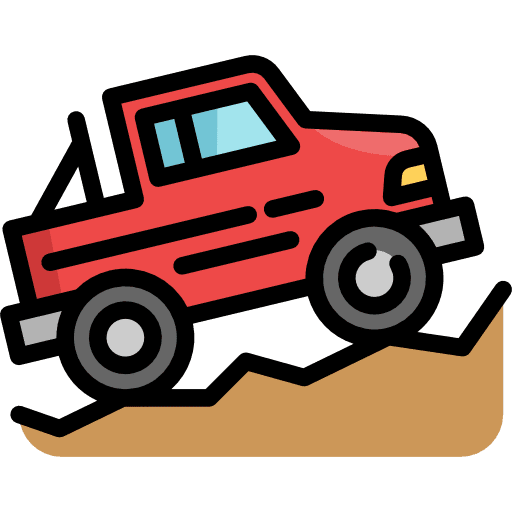 4x4 Vehicles
4x4 Vehicles
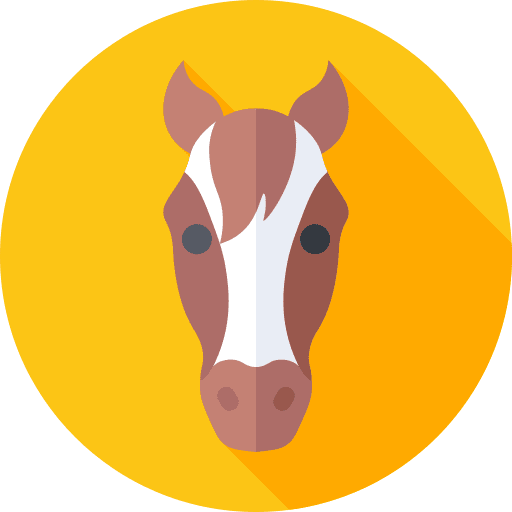 Horses For Loan
Horses For Loan
 Horses Wanted
Horses Wanted
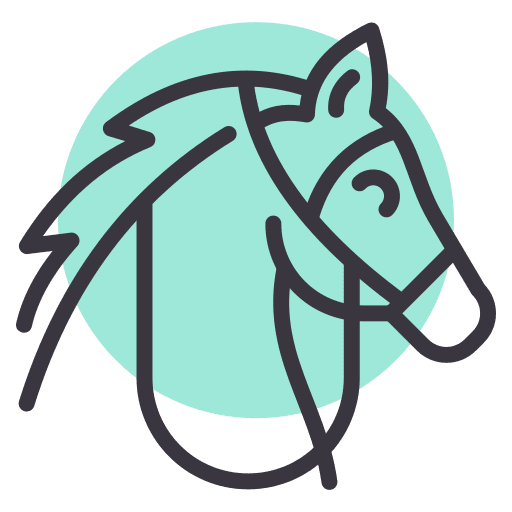 Stallions at Stud
Stallions at Stud
 Equine Services
Equine Services
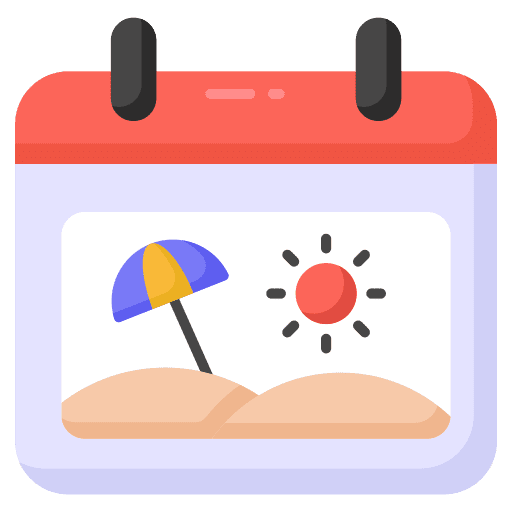 Riding Holidays
Riding Holidays
